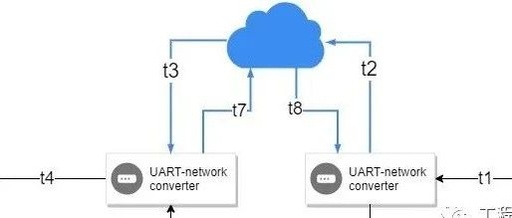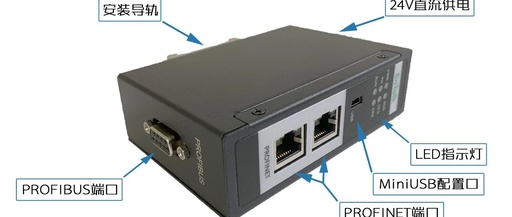Providing HTTP Services with Prolog
Introduction Continuing from the previous article, where we attempted to write a Hello World program in Prolog, we learned about the basic structure and execution of Prolog programs. In this article, we will build a simple HTTP server based on <span>hello_world.pl</span>. Starting the HTTP Server Using the built-in library of SWI-Prolog, it is easy to … Read more









